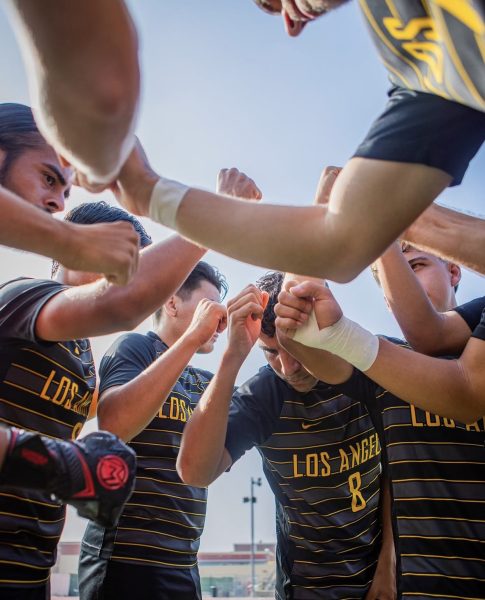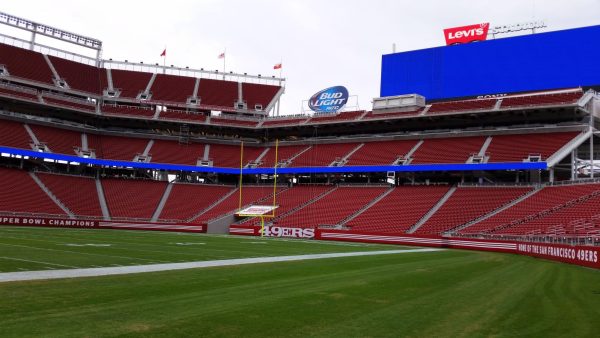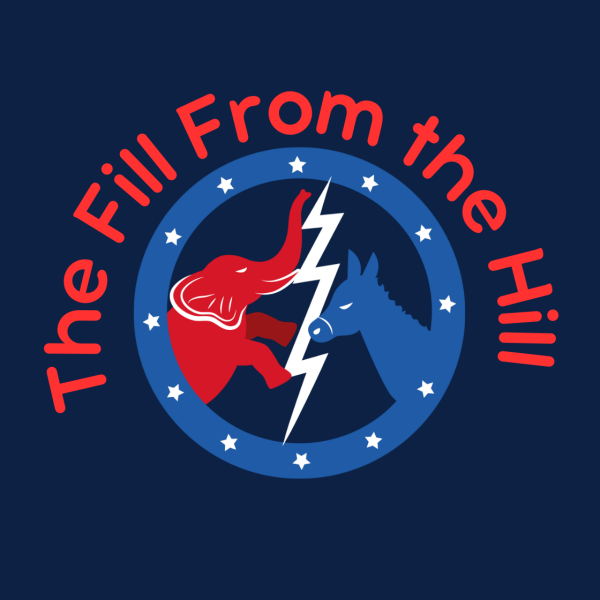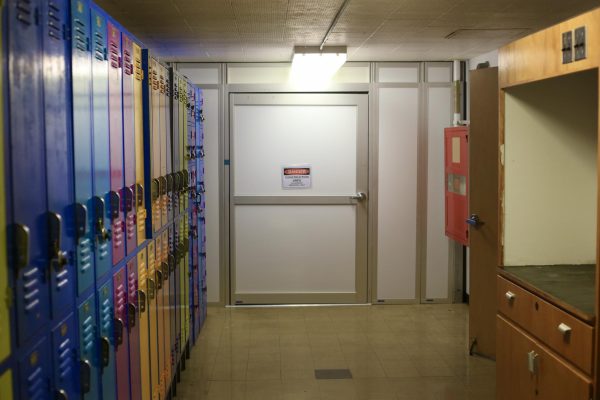Racelighting, Black joy, and the Black experience with Dr. J. Luke Wood
Athletics manager Lucky Smith asking participating in the Q&A after the lecture with Dr. J. Luke Wood. Photo By Alyssah Hall.
“Women of Color Talk it Out,” “Gospel Fest” and a “Black Excellence Tour” are just three of 20 ways to “inspire, support and uplift Black culture” on college campuses, according to Dr J. Luke Wood.
This was said during a conversation on racelighting, Black joy, and the Black experience, led by Wood, who is the vice president of student affairs and chief diversity officer at San Diego State University (SDSU).
At least 70 faculty, staff and students of all races gathered in the Golden Eagle Ballroom on Feb. 9, for an event thrown by the Black History Month planning committee.
Wood began by diving into the topic of racelighting and microaggressions.
Race lighting is essentially what happens when gaslighting is racial, according to Wood.
“Race lighting is an act of psychological manipulation where people [of color] can receive messages that distort their realities that lead them to second guess themselves,” Wood said. “People are more worried about being called a racist than being a racist.”
Wood explained how people avoid taking responsibility for their racial interactions when caught doing or saying something racist, so they go on a campaign to undermine the individual of color who called them out on it.
Wood said that these people will sometimes tell others that the person of color always turns things into issues of race. When they go onto this character attack and make others join them, it is considered active racelighting.
One of the students that attended was LunaSolee Holloway, a sociology major who uses she and they pronouns.
“I think the main takeaway for me is accountability and really holding people in power who can generate or start change accountable, and make sure that our voices are being heard and doing everything that we can,” they said. “I think another big takeaway was being selfless when it comes to the movement and making change. At the end of the day, it’s bigger than us.”
Wood took from personal and other peoples experiences when conveying the topics at hand. He had done a lot of research of different studies over the years, looking at the Black experience from preschool to doctorate level education.
“Anti-blackness is a global phenomenon, unfortunately no matter where you go in the world, colorism and anti-Blackness ideologies are pervasive and persist within pretty much every culture,” Wood said.

Wood also discussed racial battle fatigue (RBF) which is a “framework for making sense of cognitive, emotional and physiological effects of being a person of color in environments that are both implicitly and explicitly racist,” according to Wood’s slideshow.
Physiological symptoms of RBF include backaches, elevated heartbeat, loss of appetite, elevated blood pressure and more, according to Wood.
“The event was really profound,” J. T. Chestnut, a marketing major, said. “Dr. Luke Wood did such an amazing job speaking about racelighting. I love seeing my community thrive and I love seeing everyone come together to celebrate the joys of being from Black heritage and especially from an educational standpoint, from an educational institution.”
At the end of his hour-long lecture, audience members were encouraged to participate in a Q&A.
Lucky Smith, the manager of athletics at Cal State LA, went up first and asked how Black people can deal with their Black colleagues and higher-ups who are more aligned with ideas of white supremacy than pro-Black ideas.
Some audience members seemed shocked by this question, with a handful of gasps and many nods of agreement.
“Racism can impact people of color in very different ways. For some people, they internalize that with self-hatred towards themselves and their own community,” Wood said. For other individuals, it forges an identity that is going to address these issues head-on and try to create a better space for people who come from their own community.”
Wood advised Smith to address the problem head-on, bring them in and to tell them “this is how we’re experiencing you” and try to give them the love and community that they may have not experienced and needed.
“But if they don’t grow and learn from that, then I think you have to hold them accountable just like anybody else,” Wood said.
Another commentator was Dr. Melina Abdullah, who is under the Department of Pan-African Studies at Cal State LA, and said she has a history of experiencing anti-Blackness at Cal State LA.
“What you just shared defines Cal State LA, this is one of the most anti-Black places I have ever been in,” Abdullah said. “Every time they’re challenged on their anti-Blackness, they do more of this racelighting.”
On claims of the University being anti-Black, a Public Affairs spokesperson responded, “Cal State LA does not support or condone anti-Blackness. The university is expanding its work and conversations on diversity, equity, inclusion, and belonging to address this concern and maintain a welcoming community.”
Wood referred Abdullah to his “Campus Responses to Racelighting” slide, which had seven responses.
Wood’s top three included:
- Expect all managers to create and sustain department cultures that are unequivocally anti-racist. Help them to build their capacity to do so and include this as a criterion for performance evaluation.
- Create opportunities to lift minoritized voices, notably educators and students of color.
- Establish racially-affirming campus spaces (e.g., employees resource groups, cultural centers).
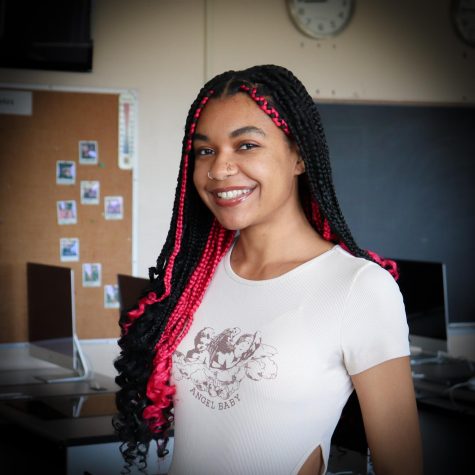
Alyssah Hall is a fourth-year journalism major and the Senior Multimedia Reporter for the University Times. She is passionate about spotlighting minority...


